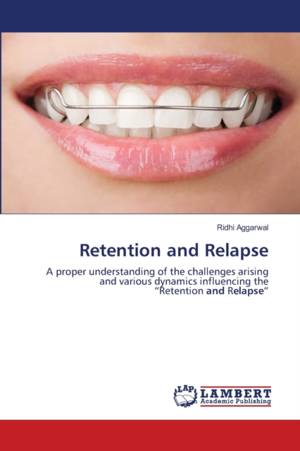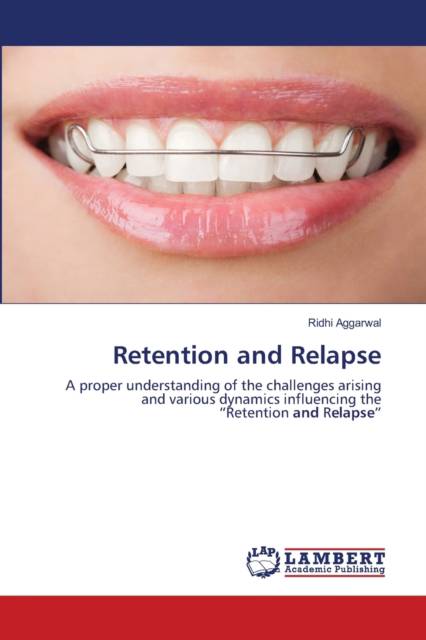
- Afhalen na 1 uur in een winkel met voorraad
- Gratis thuislevering in België vanaf € 30
- Ruim aanbod met 7 miljoen producten
- Afhalen na 1 uur in een winkel met voorraad
- Gratis thuislevering in België vanaf € 30
- Ruim aanbod met 7 miljoen producten
Zoeken
Omschrijving
The problem of "retention and relapse" was born with the science of Orthodontics and continues to persistently plague Orthodontic researchers and clinicians. Several studies have been carried out to determine the changes taking place several years after orthodontic treatment and the influencing factors. Factors including growth, periodontium, age, third molars, tooth dimensions etc have been held responsible for post treatment relapse. Several procedures have been devised to ensure stability and prevent or at least avoid post treatment changes so as to reduce relapse. To achieve this purpose, a proper understanding of the changes occurring, various factors affecting relapse and retention procedures is important. Most authors of Orthodontic textbooks, from Angle to the present-day writers, have included the chapters on retention and relapse in their publications. In spite of all the advances in the active treatment procedures, very few practitioners exaggerate the significance of retention. We are yet puzzled how to solve the problem.
Specificaties
Betrokkenen
- Auteur(s):
- Uitgeverij:
Inhoud
- Aantal bladzijden:
- 176
- Taal:
- Engels
Eigenschappen
- Productcode (EAN):
- 9786203409574
- Verschijningsdatum:
- 9/02/2021
- Uitvoering:
- Paperback
- Formaat:
- Trade paperback (VS)
- Afmetingen:
- 152 mm x 229 mm
- Gewicht:
- 267 g

Alleen bij Standaard Boekhandel
+ 173 punten op je klantenkaart van Standaard Boekhandel
Beoordelingen
We publiceren alleen reviews die voldoen aan de voorwaarden voor reviews. Bekijk onze voorwaarden voor reviews.











